
In a first-of-its kind study, young children undergoing heart surgery had similar results regardless of whether they received levosimendan intravenously or via inhalation.
Jared is a freelance writer for The American Journal of Managed Care® (AJMC®), and previously worked as a senior editor for HCPLive® at MJH Life Sciences®.
He has an MA from University of Sioux Falls. You can connect with Jared on LinkedIn.

In a first-of-its kind study, young children undergoing heart surgery had similar results regardless of whether they received levosimendan intravenously or via inhalation.
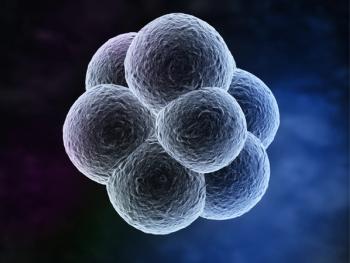
About 1 in 3 patients experienced adverse drug reactions in the 2 new safety studies, aligning with earlier reports.
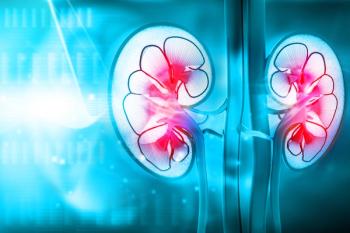
All-cause graft failure in kidney transplant recipients with Fabry disease was about 30%, and improved when enzyme replacement therapy became available.

Despite concerns that patients with Fabry disease might be at heightened risk of severe symptoms from SARS-CoV-2, early data find that most patients experience mild or moderate symptoms.

Patients who experienced a fall within 12 months of multiple myeloma (MM) treatment initiation had a shorter median survival compared to those without falls.

Emerging research into natural killer cells has shown promise, but the findings are complicated by the heterogeneity of multiple myeloma (MM).

In an unexpected finding, patients with psoriasis showed similar hand impairment to patients with psoriatic arthritis and rheumatoid arthritis.
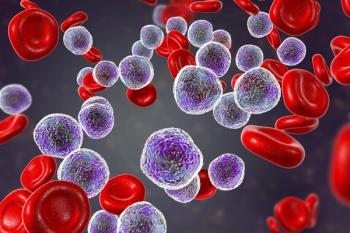
A small pilot study could point the way to a new option for patients with B-cell acute lymphoblastic leukemia (B-ALL) who experience cytokine release syndrome (CRS) that cannot be cured with the standard therapy.

New research shows metabolic biomarkers could be meaningful tools for predicting treatment outcomes in patients, based on a comparison of biomarkers, clinical characteristics, and therapeutic efficacy.

Most patients with bone metastases or multiple myeloma (MM) who are hospitalized with skeletal-related events require lengthy and costly follow-up care after they are discharged.
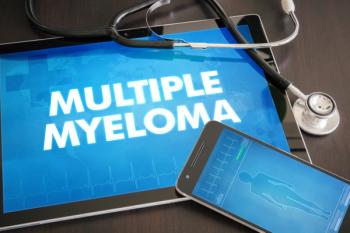
Physicians will soon have a more complex set of options when treating patients with multiple myeloma (MM), but the authors of a new review article argued clinicians will need to take a pragmatic approach.

Both clinical and physician-based factors play a role in the risk of a patient with hematologic malignancies ending up in the ICU.

In roughly half of cases assessed, physicians underestimated a patients’ risk, according to multiparametric objective risk-assessment tools.

A new study indicates that an analysis of serum and cerebrospinal fluid cytokine levels can identify multiple sclerosis and its forms.
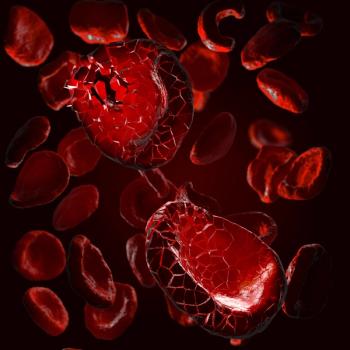
A new meta-analysis finds high rates of efficacy and high rates of toxicity in multiple myeloma patients treated with B-cell maturation agent (BCMA)-targeted chimeric antigen receptor (CAR)- T cells.

A new study may help clear up questions about the superiority of venetoclax with hypomethylating agents in patients who are deemed to be at high risk of treatment-related mortality.

The research raises the possibility that the type of therapy used can increase the risk of tumor lysis syndrome from low to moderate in men with multiple myeloma (MM).
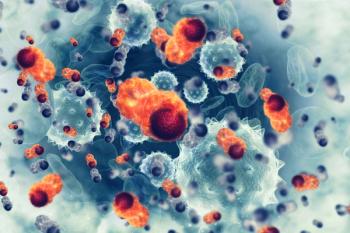
A new study helps explain immunological factors that appear to have an impact on the success rate of mogamulizumab in patients with adult T-cell leukemia-lymphoma (ATL).

The science around risk stratification in patients with smoldering multiple myeloma (SMM) has been evolving over the past 2 decades. A new study validates some, though not all, of the proposed biomarkers.
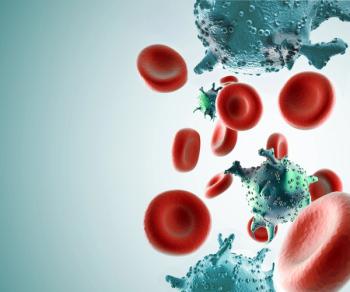
The new data provide hope that the therapy will prove effective for a patient group with limited options.
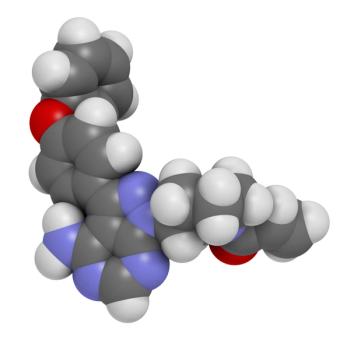
Patients who previously were treated with rituximab saw durable responses when given single-agent ibrutinib, and the drug’s safety profile in a new study matches earlier findings.
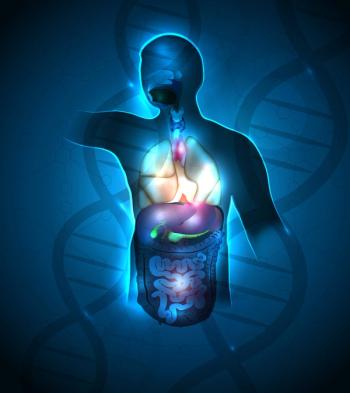
A new dose-finding study found a twice-daily 200 mg dose of the JAK2/IRAK1 inhibitor pacrinitib led to a spleen volume response in nearly 1 in 10 patients.
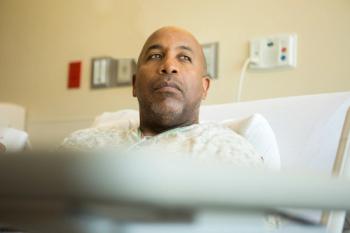
Multiple studies have suggested African American men tend to have more aggressive forms of prostate cancer, but a new study suggests that may not translate to a higher risk of death.

New real-world data confirms that carfilzomib, lenalidomide, and dexamethasone (KRd) are a safe and effective option for patients with relapsed or refractory multiple myeloma.

The discovery of a genetic signature that correlates with metastasis in prostate cancer could make it much easier for physicians and patients to choose treatment strategies.
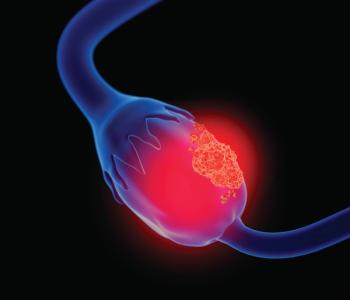
The new report suggests that patients treated with prolonged poly-ADP-ribose polymerase inhibitors after chemotherapy may need close hematological monitoring.

The dearth of effective treatment options for patients with ovarian cancer not only leads to poor health outcomes, but also leads to psychological distress, according to new research.

Most patients who are diagnosed with acute myeloid leukemia are in middle or old age. The relatively small number who are diagnosed earlier in life can be subject to long-term health risks due to their treatment.

A new report finds including rituximab in first-line therapy for diffuse large B-cell lymphoma (DLBCL) results in better overall outcomes that more than offset the higher initial cost of therapy.
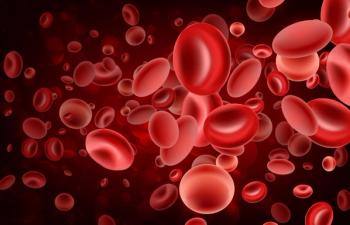
The oral selective inhibitor of nuclear export could provide a new therapeutic avenue in daratumumab-naive patients with relapsing refractory multiple myeloma (RRMM).

259 Prospect Plains Rd, Bldg H
Cranbury, NJ 08512
© 2025 MJH Life Sciences®
All rights reserved.
